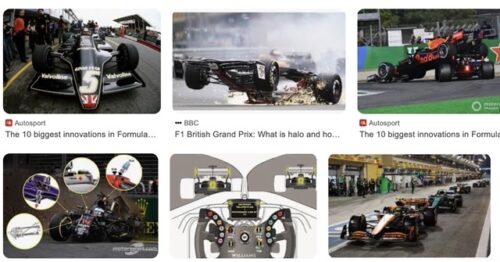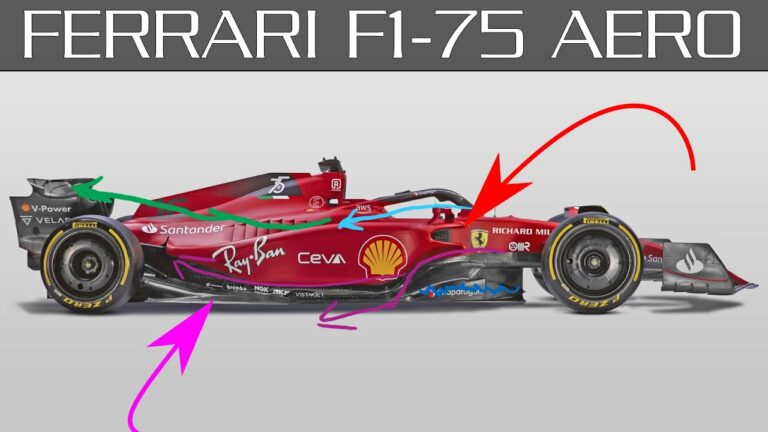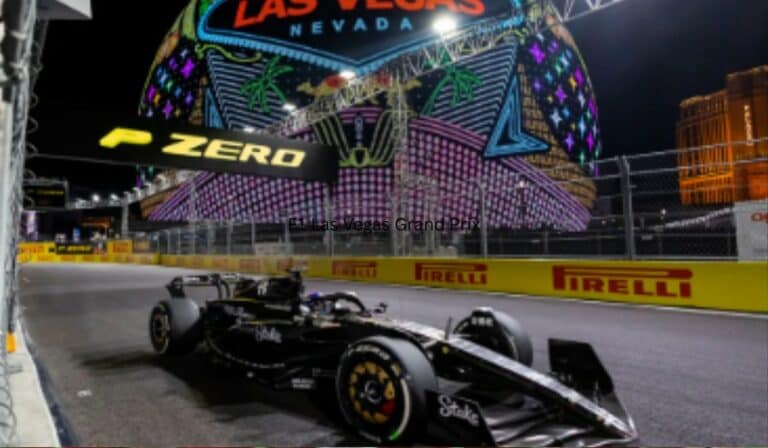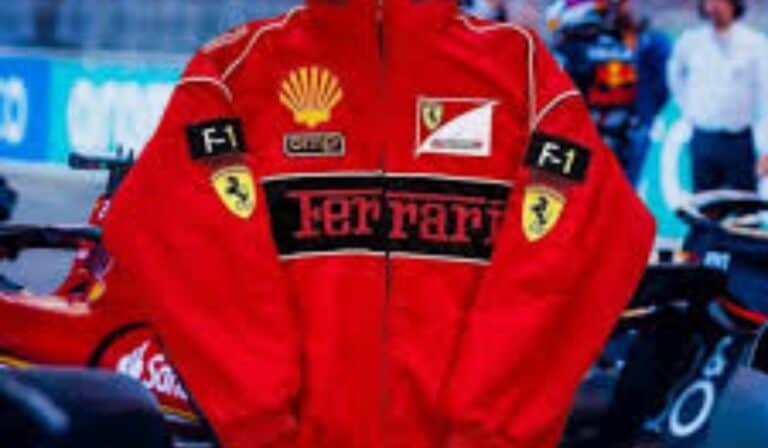Technological Innovations in Formula 1 Safety: A Historical Perspective
Speed and high-octane excitement are two defining elements of Formula 1, the top tier of motorsport. However, as with any industry when thrilling excitement and speed are in question, they come at a cost. Throughout the decades of Formula 1 history, that cost came in the form of accidents, which resulted both in tragic fatalities and miraculous survivals. Therefore, safety has not been a revolution, but rather an evolution. That evolution was, to a large extent, a product of technological upgrades that made the sport substantially safer, and reduced the number, and the impact of crashes.
The Earliest Days of Safety
Safety was a distant second in those days of Formula 1’s blueprint during the 1950s and 1960s. Cars were created to go quickly and almost anything else. Tragedies were all too frequent in those times, and an organizational emphasis on contemporary safety was only placed after the incidents of significant drivers like Ayrton Senna and Roland Ratzenberger in 1994.

The initial breakthrough safety device in Formula 1 featured helmets. They were nothing more than leather hats at the start of the 1950s. Soon after, manufacturers began including composite materials to create more excellent helmets to give more protection against impacts.
Seatbelts were the second key safety component to be introduced. They were optional until the late 1960s. Initially resisted by drivers who feared being trapped in a burning car, seatbelts have since become a critical feature, significantly reducing the risk of fatalities and serious injuries during crashes.
Groundbreaking Advances in the 1970s and 1980s
In response to the increased scrutiny of safety, Formula 1 saw significant technological innovations in the 1970s and 1980s aimed at protecting drivers better.
1. Monocoque Chassis
The introduction of the monocoque chassis was a revolutionary change. Unlike the traditional tubular space frames, the monocoque design integrated the body and chassis into a single structure, significantly enhancing the rigidity and impact resistance of the cars. This innovation drastically improved driver safety in high-speed collisions.
2. Fire-Resistant Materials
Following several fatal accidents caused by fires, Formula 1 mandated the use of fire-resistant materials in both car construction and driver gear. Suits made from Nomex, a material capable of withstanding high temperatures, became standard. This advancement provided drivers with crucial extra seconds to escape unharmed in the event of a fire.
Technological Leap in the 1990s to 2000s
When it comes to the 1990s and 2000s, technology started to play an even more critical role in designing both F1 cars and tracks. The situation when Ayrton Senna died in 1994 was the point of no return, resulting in several rather essential improvements within safety regulations.
- Improved helmet design: Polycarbonate materials are used to prove and up to resist rather heavy impacts and protect the drivers more efficiently.
- The HANS device: It was one of the most important safety innovations at that time, which was implemented in the early 2000s. This device significantly reduces the risk of experiencing head and even neck injuries, restraining the helmet from the driver’s head to the torso by reference.
- Track Modifications: Runoff areas were increased, and gravel traps were replaced with tarmac to slow cars more safely when they went off the track.
Technological Innovations in the 21st Century
The current era of Formula 1 has continued to see technological advances that enhance safety, influenced by the lessons of the past and the possibilities offered by new technologies.
- Advanced Telemetry and Sensors: Modern Formula 1 cars are equipped with an array of sensors that monitor car performance and track conditions. This data is analysed in real time, allowing teams to make split-second decisions that can avoid accidents. Moreover, advanced telemetry facilitates immediate medical response by relaying vital data from the car to race control, including the g-forces experienced by a driver during an accident.
- Virtual Safety Car (VSC): Introduced in 2015, the Virtual Safety Car system controls the pace of the cars on the track under hazardous conditions without the need for a physical safety car. This system ensures that drivers slow down sufficiently and maintain consistent speeds, reducing the likelihood of accidents in reduced visibility or when marshals are on the track.
- Halo Cockpit Protection: Introduced in 2018, the halo is a protective barrier around the driver’s head, integrated into the car’s frame. It was initially controversial but gained approval following several incidents where it protected drivers from potential head injuries.
- Biometric Gloves: Launched in 2018, these gloves measure the driver’s vital signs, providing immediate data in the event of a crash. This helps medical teams assess the driver’s condition more accurately and quickly.
Conclusion:
The safety landscape in Formula One has gone through transformative adjustments over the decades. With every tragic presence, innovations have been directed towards ensuring that such an accident does not reoccur in the future. However, the adrenaline-pumping spectacle of Formula One remains intact in this period, but where driver safety is paramount. Thus, the Future of Formula 1 would be underpinned by unwavering and focused safety improvements in the technologies.







